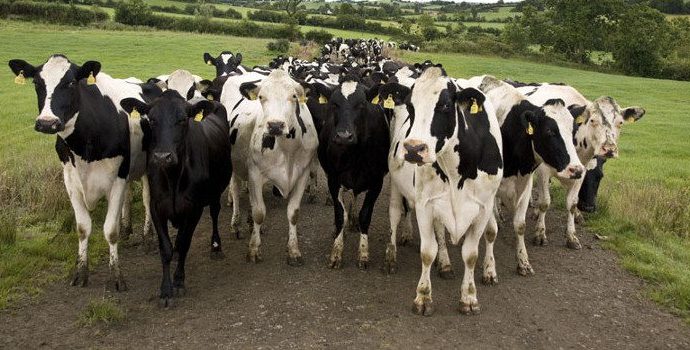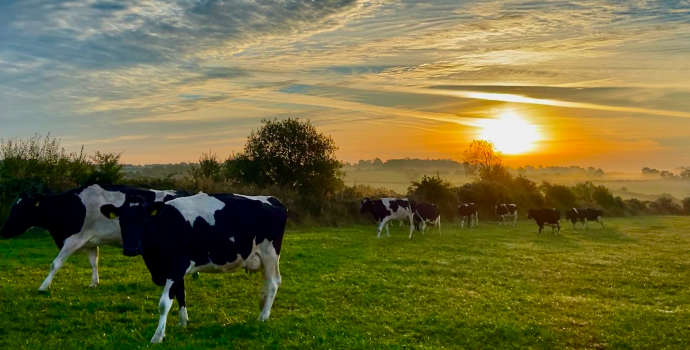IFA Will not Sign up to ‘Cap and Trade’ Model

IFA President Tim Cullinan said IFA will not support exploring a ‘Cap and trade’ model for emissions, as proposed in the Dairy Food Vision Group interim report.
“The reality is: this is a quota by another name which IFA is completely opposed to,” he said.
We are also opposed to the proposal to force farmers to cut inorganic fertiliser use by 22% to 25% by 2025, and by 30% by 2030.
“The current target, as set out by the Minister in AgClimatise and subsequently included in the overall Food Vision report is to reduce inorganic fertiliser use by 20% by 2030. This is already a challenging target and we will not support any further tightening of this,” he said.
On the proposed cow exit/reduction scheme, Tim Cullinan said IFA were willing to have further engagement on condition that any such scheme would be 100% publicly funded; will not lead to restrictions on any farmer who does not sign up to the scheme; and that other farming sectors are fully consulted.
The IFA President said the organisation would support the other 14 recommendations in the report which were consistent with IFA’s overall policy of reducing emissions per unit of output rather than restricting output.
“Irish farmers are playing our part on climate action but we must have evidence-based policy making. There must be full economic and social impact assessment of any proposed measures; a full calculation of potential carbon leakage; and full measurement of on-farm carbon removals,” he said.
“In addition, the new methodology for calculating the Global Warming Potential (GWP*) of Biogenic methane, as referenced in the Climate Act must be factored into decision making,” he said.
“Overall, the focus of the Government in reducing farm output and by extension food production is wrong. Every serious global organisation from the UN to the G7 has indicated the serious threat to global food security. Yet our Government is trying to curtail production in a country that is fortunate to have one of the best climates in the world for producing food,” he said.



